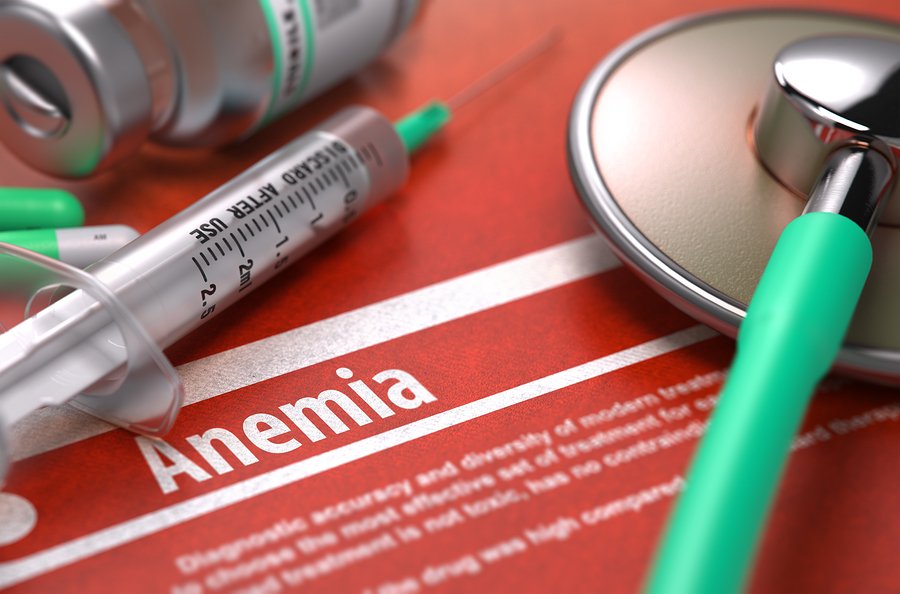President Donald Trump has unveiled a “blueprint” to lower the price of prescription drugs in the United States. The plans include building on the existing administrative efforts of the US Food and Drug Administration (FDA) to increase generic drug approvals, reforms to the Medicare Part D program, increasing competition in the US drug market, and providing incentives to pharmaceutical manufacturers to reduce the list prices of drugs.
In his State of the Union speech in January 2018, Trump asserted: “One of my greatest priorities is to reduce the price of prescription drugs,” adding “I have directed my administration to make fixing the injustice of high drug prices one of my top priorities for the year. And prices will come down substantially”.
Around one in four Americans who take prescription medication report problems affording their medication, according to a 2016 survey by the Kaiser Family Foundation. Furthermore, the poll also found more than half of voters in the last presidential election considered a candidate’s plans to tackle the high price of prescription drugs when deciding who to back.
Trump’s blueprint for reducing the cost of prescription medication features plans for the Department of Health and Human Services to improve transparency in Medicare drug pricing; streamline the approval process for over-the-counter drugs; give more negotiating power to Part D plan sponsors; advance biosimilars and generic medications to increase price competition; and take action to prevent drug manufacturers from unfairly protecting monopolies.
Among the proposed reforms to the Medicare Part D program are plans to offer free generic drugs to senior citizens on a low income; a requirement that plans share a minimum proportion of drug rebates with consumers; and implementing a new out-of-pocket maximum to protect senior citizens from “catastrophic costs”.
The blueprint also commended the FDA for its recent work increasing the number of generic approvals, noting the agency’s generic drug approvals in 2017 contributed to savings of around $8.8 billion for buyers of prescription drugs. During this period, the FDA approved a record 1,027 generic drugs, including first generic versions of Pfizer’s Viagra (sildenafil) and Gilead’s Viread (tenofovir alafenamide).
Commenting on the president’s blueprint, FDA Commissioner Scott Gottlieb, MD, applauded Trump for making lowering prescription drug prices a priority in his Administration, describing the latest plan outlined by the president as “bold”.
“The FDA shares the goal of ensuring that American patients have access to quality and affordable care that meets their needs,” he stated. Gottlieb highlighted the important role the FDA and other agencies would play in improving patient access to affordable medication.
He explained the FDA will soon be implementing a Biosimilar Action Plan (BAP) to streamline the development and approval processes for biosimilar drugs and that the agency will also be taking steps to address the “gaming” abuses by pharmaceutical firms looking to hamper the entry of generic drugs into the US market.
Biosimilars are biological products that are “highly similar” to an existing FDA-approved reference product. Minor differences are considered acceptable as long as they are in clinically inactive components. This differentiates them from generic drugs, which need to have the same active ingredients as brand name drugs.
One of the top selling biological products is AbbVie’s Humira (adalimumab). Two biosimilar versions have already gained FDA approval - Boehringer Ingelheim’s Cyltezo (adalimumab-adbm) and Amgen’s Amjevita (adalimumab-atto) - but patent and litigation issues have hampered the route to market and they are not expected to be available in the US any time soon.
The goal of the FDA’s proposed BAP is to streamline the approval and marketing processes of biosimilars, easing their route to market and providing patients with access to cheaper alternatives to branded medications. The agency has already taken similar action in the generic market through its Drug Competition Action Plan, which aims to remove barriers to generic drug development, ease their entry to the market, and cultivate greater competition in the marketplace, which should result in lower prices for consumers.








